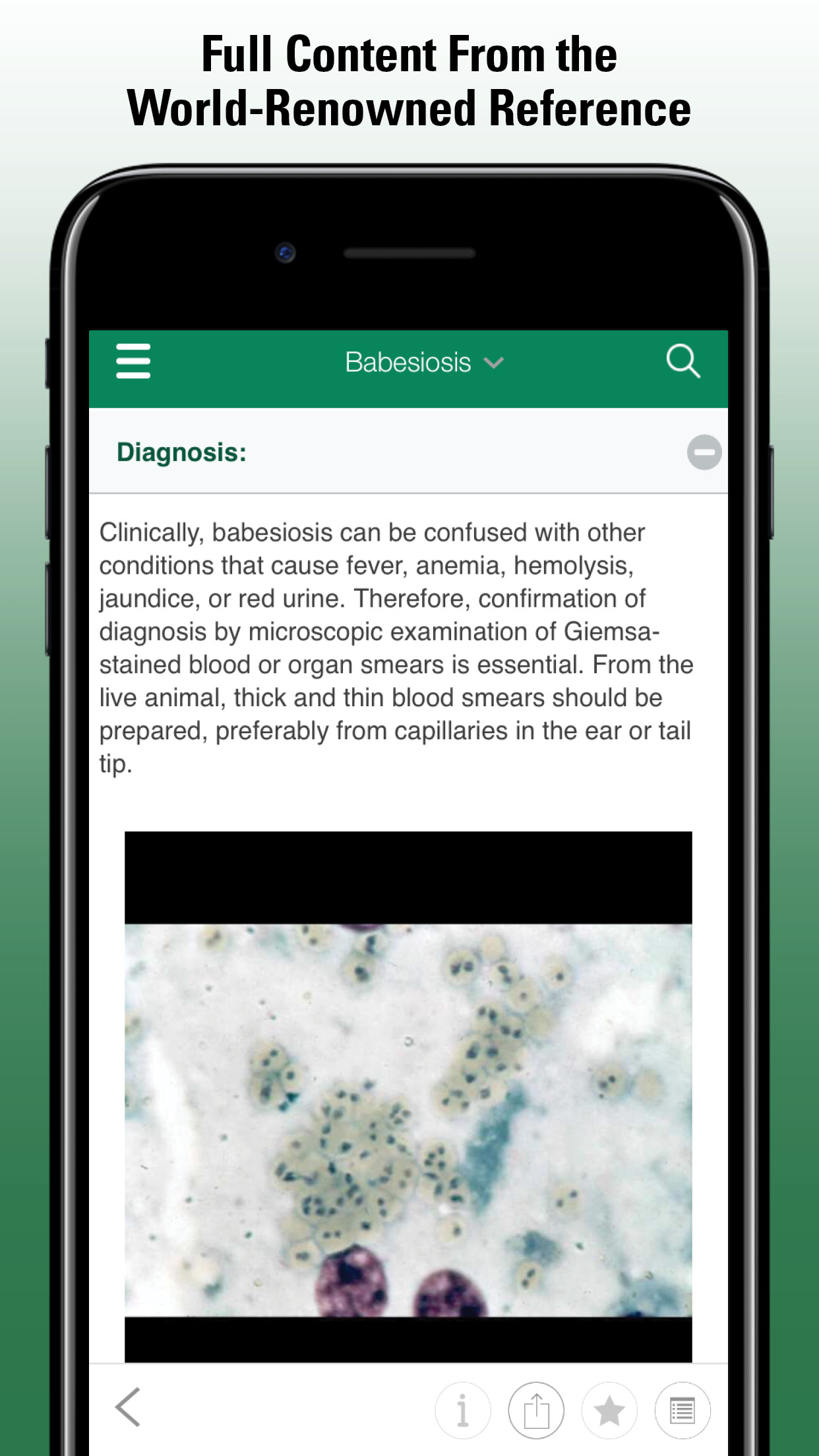Clostridial Vaccines
- Clostridial Diseases
- Overview of Clostridial Diseases
- Bacillary Hemoglobinuria
- Big Head
- Blackleg
- Infectious Necrotic Hepatitis
- Malignant Edema
- Botulism
- Clostridium difficile and C perfringens Infections
- Enterotoxemias
- Tetanus
- Clostridial Vaccines
Vaccination is frequently practiced for protection of animals against clostridial diseases. A wide variety of vaccines is available, singly or in combinations that consist of bacterins, toxoids, or mixtures of bacterins and toxoids. Single vaccination with most clostridial vaccines does not provide adequate levels of protection and must be followed by a booster dose within 3–6 wk. Vaccination of young animals does not yield adequate protective immunity until they are at least 1–2 mo old. Therefore, most vaccination strategies target the pregnant dam so that maximal immunity is transferred to the neonate in colostrum. Most commercial vaccines are inactivated and usually contain 2-, 4-, 7-, or 8-way combinations of clostridial organisms/toxoids. These should be optimally timed for provision of maximal protection at the most likely age of susceptibility.
Tetanus toxoid is commonly used as a single vaccine in horses but is often used in combination in sheep, goats, and cattle. In sheep and goats, a common combination is tetanus toxoid plus Clostridium perfringens types C and D. In cattle, a combination frequently used in feedlots is a 4-way vaccine that consists of killed cultures of C chauvoei, C septicum, C novyi, and C sordellii to protect against blackleg and malignant edema. A more complex clostridial vaccine that contains C perfringens types C and D in addition to the components of the 4-way vaccine may be used to protect cattle against enterotoxemias as well. The addition of C haemolyticum extends the protection to include infectious necrotic hepatitis. The clostridial vaccines often cause tissue reactions and swelling and should therefore be administered to cattle in the neck and by the SC rather than the IM route.
- Clostridial Diseases
- Overview of Clostridial Diseases
- Bacillary Hemoglobinuria
- Big Head
- Blackleg
- Infectious Necrotic Hepatitis
- Malignant Edema
- Botulism
- Clostridium difficile and C perfringens Infections
- Enterotoxemias
- Tetanus
- Clostridial Vaccines




